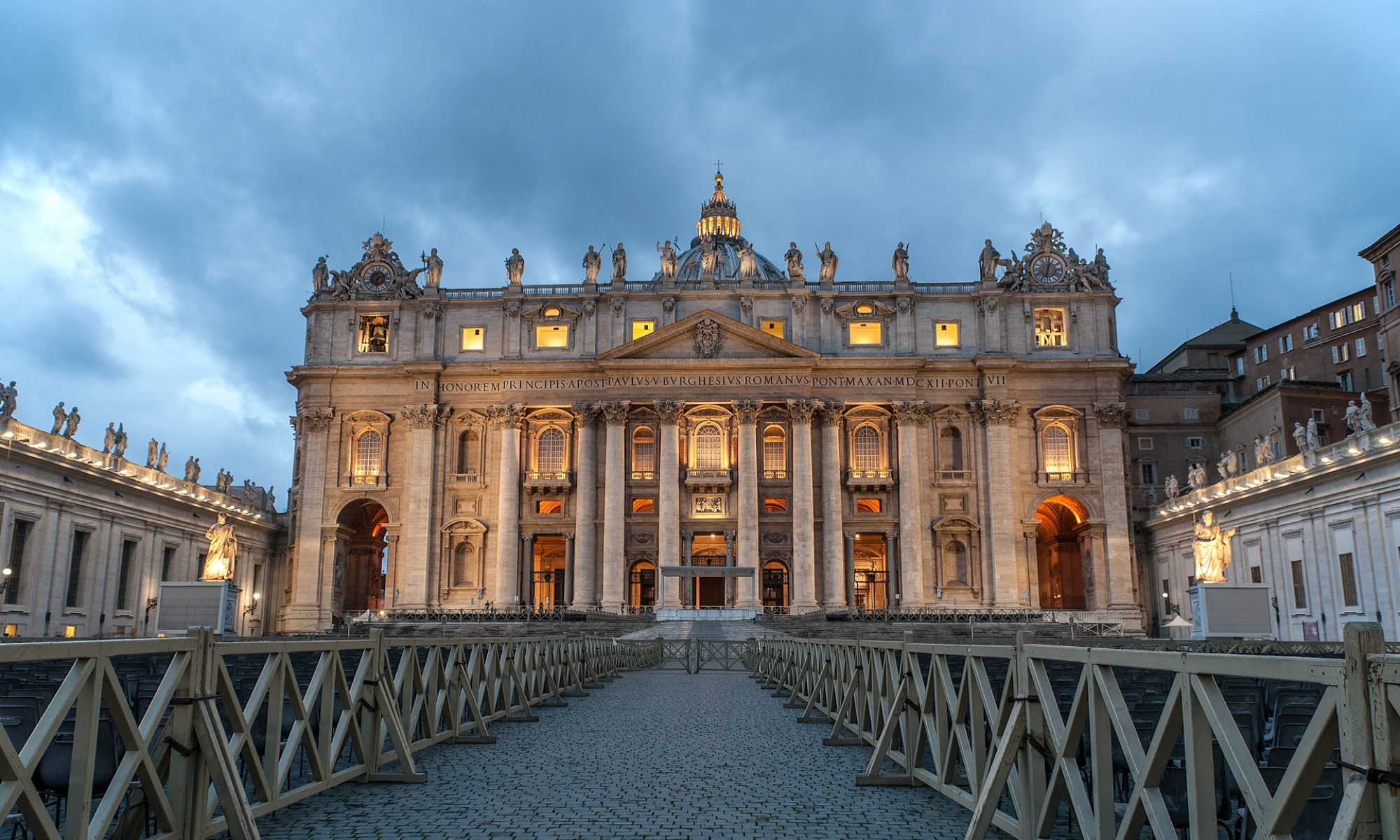Roman Catholicism is a master at joining things together. It is the religion of the both-and (in Latin et-et). One of the meanings of the word “catholic” is to be comprehensive enough to hold different elements, even conflicting ones, in a superior synthesis that allows their co-existence. The last evidence of its thoroughgoing practice of the both-and is today’s announcement that plenary indulgences will be granted to the participants of the World Meeting of Families which will take place in Milan (Italy) from May 30th to June 3rd.
1. What is an Indulgence?
Indulgence evokes a medieval word and practice which was central in the doctrinal controversies during the XVI century Protestant Reformation. It may sound like an outdated word, but it is nevertheless an organic doctrine of present-day Roman Catholicism and is still an on-going and wide-spread practice. The last authoritative pronouncement was Paul VI’s bull Indulgentiarum Doctrina (i.e. The Doctrine of Indulgences) which was issued in 1967, after the Second Vatican Council (1962-1965). Indulgences have been granted to the faithful during many major events (e.g. Holy Years, World Youth Days, and now the World Meeting of Families). So the doctrine of indulgences is not a relic of a medieval religion, but a defining feature of Roman Catholicism from the Middle Ages up to now.
In Paul VI’s bull an indulgence is defined as “a remission before God of the temporal punishment due to sins whose guilt has already been forgiven”. The same definition is repeated word for word in the Catechism of the Catholic Church (n. 1471). The idea is that while eternal punishment is remitted with the sacrament of baptism, temporal punishment is remitted by an indulgence granted by the Church that applies to the penitent faithful “the treasury of the satisfaction of Christ and the saints”. The temporal punishment can be borne in one’s own life-time or in purgatory and receiving an indulgence basically means shortening the time in purgatory. Indulgence, therefore, does not grant salvation, but removes either part (partial indulgence) or all (plenary indulgence) of the temporal punishment.
The doctrine of indulgence therefore represents a crossroad where various strands of Roman Catholic theology intersect: the doctrines of sin, grace, afterlife (Purgatory), the communions of saints, the power of the keys, the treasury of the Church, etc. are all involved. It is a doctrine that is difficult to square with Biblical standards, yet it is an important component to understand in order to grasp the Roman Catholic dynamics of the Christian faith.
2. Bittersweet
What once again stirred interest in indulgences was the recent decree of the Apostolic Penintentiary (i.e. the Vatican tribunal dealing with issues relating to the forgiveness of sin in the Catholic Church) that granted plenary indulgences to those faithful who will take part at the Milan World Meeting of Families. Hundreds of thousands of people are expected to attend various events. The Pope himself will be there to celebrate an open air mass where one million people will attend. To gain a plenary indulgence in Milan, there are three conditions that must be fulfilled: sacramental confession, Eucharistic communion and praying for the intentions of the Pope.
The Meeting of Families is an important event whose goal is to encourage the institution of the family as the primary resource for society. This is a welcome initiative by all those who believe in marriage between a husband and a wife who are open to become parents. In times where the whole narrative around the word “family” is subject to worrying revisions, the Meeting is good news for all Bible-believing Christians. Yet, the sweet taste of it turns bitter because of the unnecessary attachments of non-biblical practices, at least from a non-Catholic point of view. Mixed feelings often accompany the attitude of non-Roman Catholic people when confronted with the reality of Roman Catholicism. Positive impressions go hand in hand with puzzling perceptions.
As non-Catholics grapple with the bittersweet taste, let’s come to terms with the “Roman catholicity” of Roman Catholicism, i.e. its ability to hold together different things into a wider synthesis. While Roman Catholicism is willing to work with people of “good-will” on various issues, it always brings the whole of its vision and package. It does not select one aspect at the expense of others. It may give a temporary emphasis to one, but is always willing to relate it to the whole because the single element is always conceived as being part of the Roman Catholic whole.
What has the family to do with indulgences? Nothing for non-Catholic Christians. A whole lot for Roman Catholics. At stake is a different catholicity.
Leonardo De Chirico
leonardo.dechirico@ifeditalia.org
Rome, 28th May 2012

